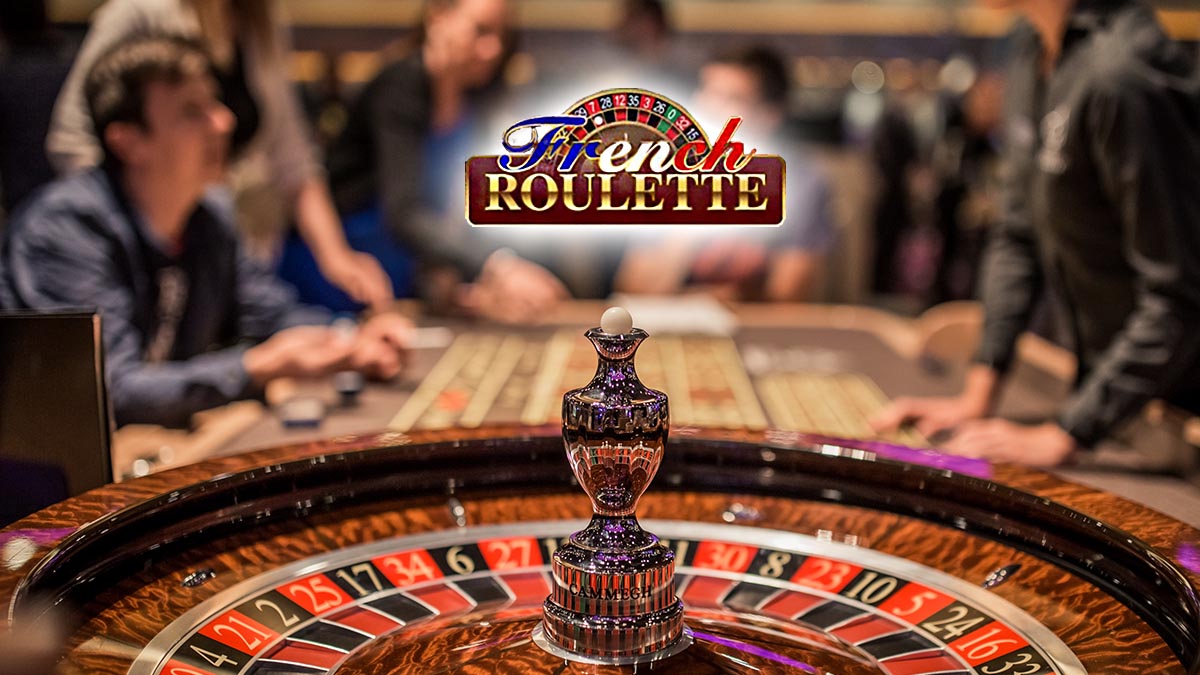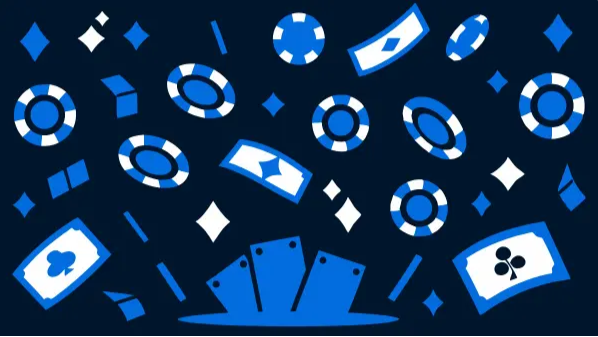Read our detailed guide to the best five systems for playing French roulette for 2022. Will you use them to boost your margins at the table?
Five Systems For Playing French Roulette
The beauty of playing roulette games at the casino online is that there are several versions of the game to play. It means you can quickly pick your game and choose whatever amount you’d like to stake. While even-money bets are excellent for roulette players who want to boost their bankroll, a feasible system will certainly make locking in the profit a reality.
To help our readers play French roulette, we’ve prepared a guide highlighting five systems. When executed as they are supposed to, you should be able to make a profit from any one of them. These strategies are more of money management plans.
The Martingale Betting System
This is one of the oldest and most widely used systems for playing roulette online. Ironically, it was invented by a casino owner, John Henry Martindale, to encourage players to spend more when his establishment was losing. He did this, knowing the house would eventually recoup the lost money. By the late 1800s, the system had spread throughout Europe and was known as The Martingale betting system.
Today, it’s still as relevant as it was in the 18th century. It best works on even money bets at the table, i.e., color, odd/even, Le Partage, and En Prison rules bets.
The idea behind the Martingale system is simple; you double every time you lose a bet and revert to the original initial bet when you win. As long as you don’t land on zero and manage to win, you should be able to recoup your initial bet, plus a profit. The profit is equivalent to the initial stake. Let’s have a practical example of the Martingale betting system in action.
Spin Number |
Initial Stake |
Win |
Lose |
Total Profit |
|
#1 on Black |
$10 |
Yes |
|
$20 |
|
#2 on Black |
$10 |
Yes |
|
$20 |
|
#3 on Black |
$10 |
|
Yes |
-$10 |
|
#4 on Red |
$20 |
– |
Yes |
$30 |
|
#5 on Black |
$40 |
– |
Yes |
$70 |
|
#6 on Black |
$80 |
– |
Yes |
$150 |
|
#7 on Black |
$160 |
Yes |
– |
$180 |
At the end of the sequence, the player will have won $180 and spent/lost $170. The amount won is equivalent to $10.
Paroli Betting System
It has been around since the 16th century and is a positive, progressive staking strategy. However, unlike the Martingale betting system, you maintain the stake for as long as you lose. You only double it when you win. After three successive wins, you reset your stake to the original amount.
Spin Number |
Initial Stake |
Win |
Lose |
Total Profit |
|
#1 on Black |
$10 |
Yes |
– |
$10 |
|
#2 on Black |
$20 |
Yes |
– |
$20 |
|
#3 on Black |
$40 |
Yes |
– |
$40 |
|
#4 on Red |
$10 |
– |
Yes |
-$10 |
|
#5 on Black |
$10 |
– |
Yes |
-$10 |
|
#6 on Black |
$10 |
Yes |
– |
$10 |
|
#7 on Black |
$20 |
Yes |
– |
$20 |
|
#8 on Black |
$40 |
– |
Yes |
– $40 |
Labouchere Betting System
Henry Du Pré Labouchere was a writer and politician who lived in the 19th century. He used his staking plan to maximize profits on even money bets. However, unlike Martingale’s, his system used a sequence, which was used to determine the initial bets and subsequent bets based on whether the bet wins or loses.
How much you stake is determined by the FIRST and LAST numbers in the sequence. You add these two numbers to get how much you need to bet. If the bet wins, you cross out the two numbers, and the remaining FIRST and LAST numbers become your new bet amount. This goes on until you’ve crossed out all the numbers.
However, if you lose, the bet amount must be added to the last section of the sequence. Then you use the first and last number to determine how much to wager.
Let us look at an example of the Labouchere betting system using the sequence of 10, 20, 30, 40, and 50.
|
Spin Number |
Sequence |
Stake Amount |
Win |
Lose |
Profit |
|
10, 20, 30, 40, 50 |
N/A |
N/A |
N/A |
N/A |
|
|
#1 Black |
10, 50 |
$60 |
Yes |
|
$60 |
|
20, 30, 40 |
N/A |
N/A |
N/A |
N/A |
|
|
#2 Red |
20, 40 |
$60 |
– |
Yes |
$0 |
|
20, 30, 40, 60 |
N/A |
N/A |
N/A |
N/A |
|
|
#3 Black |
20, 60 |
$80 |
– |
Yes |
-$80 |
|
20, 30, 40, 60, 80 |
N/A |
N/A |
N/A |
N/A |
|
|
#4 Black |
20, 80 |
$100 |
Yes |
|
$100 |
|
30, 40, 60 |
N/A |
N/A |
N/A |
N/A |
|
|
#5 Red |
30, 60 |
$90 |
Yes |
|
$90 |
|
40 |
N/A |
N/A |
N/A |
N/A |
|
|
#6 Red |
$40 |
$40 |
Yes |
|
$40 |
Fibionochi Roulette System
In mathematics, the Fibonacci sequence is a sequence of numbers where the next number in the series is the sum of the two previous numbers. This series can go on for as long as you wish. Therefore, using this system, you can develop a series that tells you how much to stake at the French roulette table.
For instance, assuming we start with a $10, the series would run like this: $10, $11, $21, $32, $53, $85, $138, $223, $361…
The series above holds only if you are losing your bet. If the next bet after $361 is a winner, the Fibionochi Frency roulette system dictates that you move two steps back and use that as your base. In the case above, you use $138 to place your next bet. If you win, you use $53 to bet. This continues until all the numbers are canceled from the list.
The 11 Numbers System
This system has been a topic of discussion in many roulette forums, and it’s all for a good reason. With a proper bankroll, you can win big with the 11-number system. Basically, it requires you to bet on 11 numbers depending on the last winning number. These 11 numbers include the winning number plus five neighboring numbers on either side of the roulette wheel.
For example, if the winning number on the wheel was 3, your bets would cover 29, 7, 28, 12, 35, 3, 26, 0, 32, 15 and 19. If you map these numbers on the roulette table, you’ll realize that you’ll have covered more than 50% of the table, which is a good practice in roulette.



